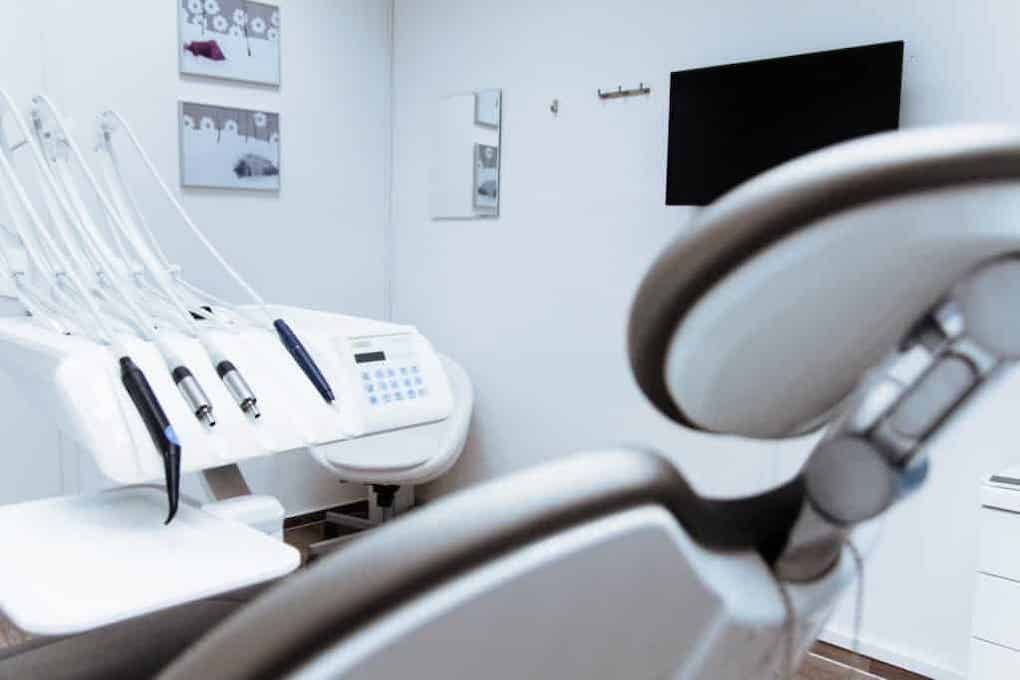With many types of dental insurance on the market finding the right plan can be difficult? We’re here to help! Dentists can be expensive; we get that, especially if your child or yourself needs braces to get their teeth back to being straight. It can cost a lot of money to have dental work done, and it’s not always a simple or straightforward process.
In some cases, you might need to continue seeing the dentist or orthodontist for a few years before your teeth are truly straight. While that’s definitely not a bad thing, it can be costly if you don’t have the proper dental and orthodontic insurance.
Let’s break down what some of the best plans look like and how you can get them!

Dental Insurance vs. Health Insurance
Before we dive too far in, it’s good for you to know that dental insurance is much different than health insurance. While you’re not required to have either health insurance or dental insurance, most states do strongly suggest it, and it’s important that you do have some sort of plan for how you’ll pay for your medical expenses. Insurance is a great answer to that question.
You might not think that your medical bills will get to be a lot, and while we hope they never do! It’s still good to have an insurance plan to help with costs that may arise.
Health insurance will generally cover expenses related to your doctor or general health bills. Dental insurance will only cover surgeries or operations directly related to your teeth. Think of your annual or bi-annual cleaning as something that insurance would help pay for. But better yet, dental insurance is also going to help you pay for those expensive braces.
8 Types of Dental Insurance
There are a few different types of dental insurance or different plans that you can get to cover different dental and orthodontic work.
Preferred Provider Organizations
A Preferred Provider Organization or PPO. This type of plan works with a number of dental providers that work under a network. When you visit one of the companies within the network, they will charge a specific fee for the provided care.
Dental Health Maintenance Organizations
Within this type of plan, dental professionals are prepaid a specific amount regularly by insurance companies that assign specific patients to their practice. Then, when a patient needs service with their insurance plan, they are charged a flat fee that’s already predetermined. Within this plan, there is rarely the use of reimbursements.
Indemnity Plans
Sometimes called traditional dental insurance plans, Indemnity plans work like you might expect insurance to work. After you’ve gone in and gotten work done by a dental professional, you’ll pay for it upfront or give a credit card to be on file. A claim is then submitted to your insurance provider, and they pay for a portion of your dental needs. Some people prefer this plan because it allows you to choose your dentist.
Direct Reimbursement
Unlike most other insurance plans, direct reimbursement is based on dollars spent by you and not on any specific operation. It is a self-funded plan where you get to choose your own dentist. After the treatment, you’ll have to pay out of pocket and then submit a receipt to your insurance company. From here, they will directly reimburse you based on the amount of money that you spent.
Point of Service Plan
Point of service plans are used when patients are looking to go to an out of network dental provider. Going out of network usually means the benefit of insurance is really low, and it will cost you as the patient significantly more to go to the dentist.
Discount or Referral Plan
These aren’t really insurance plans, but they are ways that you can pay for the dentist if you don’t have insurance. Talk to your dentist to see if they’re offering any specials or deals for customers that pay cash out of pocket. Additionally, you can ask if they have any referral programs available. You never know, some dentists will offer some really great deals to help you get the care that you need.
Exclusive Provider Organization
These plans are extremely strict. To use your insurance with an exclusive provider organization, you’ll have to go back to the same dentist. No reimbursements are allowed for other dental care professionals.
Schedule of Allowance Plan
You might think of this plan as a co-pay plan. The insurance provider pays a set amount based on the operation that was performed, and the patient is required to pay the difference between the amount charged and the amount covered by your dental insurance. If you can find a cheaper dental office, this might be a great plan for you!

What Plan is the Best
It’s hard to say if there is truly a “best” dental insurance on the market. There are plenty of resources out there that go into great detail about each plan and its pros and cons. We found this one from the American Dental Association very useful. But, in many ways, the plan you choose will be greatly influenced by what you can afford.
Sometimes dental insurance is provided by employers. In that case, you won’t have to worry about paying for any of your insurance. Other times you’ll inherit a plan based on certain requirements that your parents or grandparents met. While there aren’t very many “affordable” insurance plans on the market today, we still encourage our customers to consider purchasing a dental insurance plan before they need one.
We hope you’ve found this post helpful and that it helps to break down some of the differences and benefits of the different plans above. Here’s another resource with more information on some of the best questions to ask yourself while searching for a dental insurance plan.
Contact Wayzata Dental For Professional Help!
If you’re looking for an affordable dental office that offers incredible service and has 1000’s of 5-star customer reviews, check out Wayzata Dental. We’re a full-service dental office complete with laser dental technology. We’d love to have you come to visit us and, we accept most major insurance providers!


